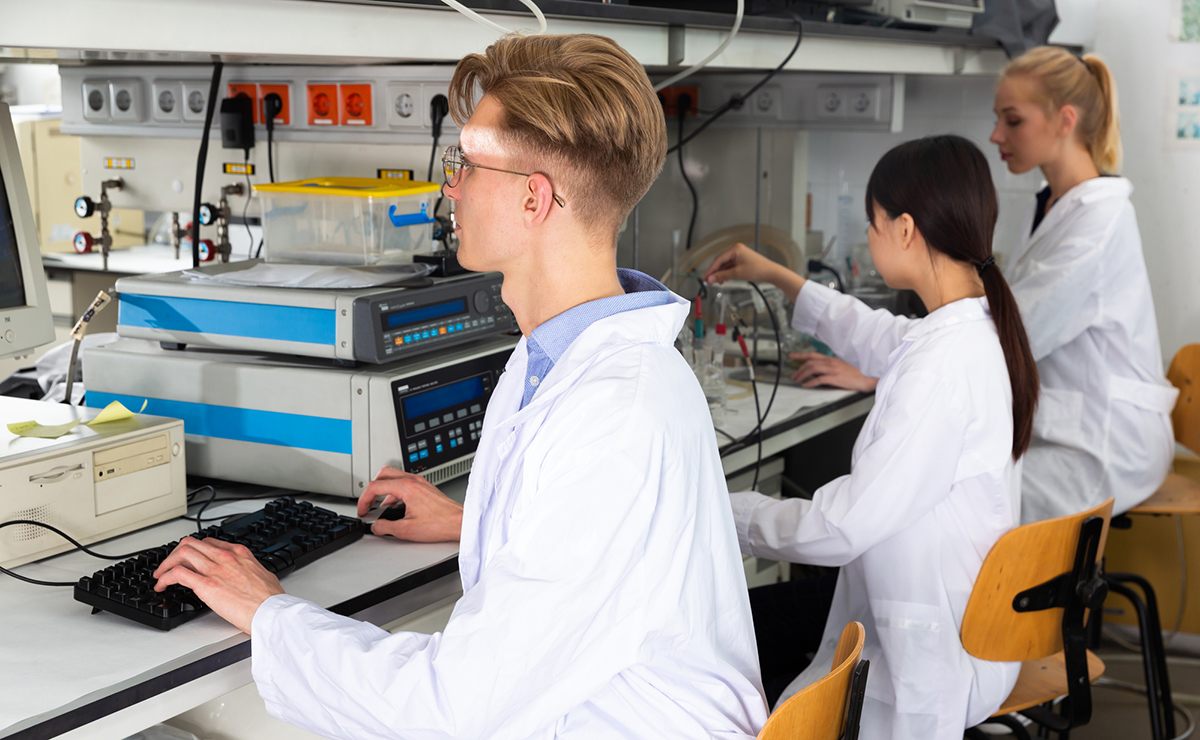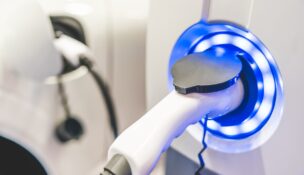Viewpoint: Moving innovations out of the lab and into the market
Contributing Writer //February 11, 2022//
Viewpoint: Moving innovations out of the lab and into the market
Contributing Writer //February 11, 2022//


Innovation ecosystems and economic growth in the U.S. and across the world depend on an efficient lab-to-market process. A lab can be a highly sophisticated and well-equipped place at a research university or federal research facility.
On the other hand, it can be in a garage or a basement, which have historically served as home for several famous startup companies like Amazon, Google, HP and more.
Research conducted in a lab either at academic institutions, federal laboratories, or in the private sector, can lead to new products in the market, creating an impact on multiple levels including improving quality of life, establishing new businesses, creating new jobs, saving lives, improving productivity, and addressing global pressing needs, and challenges.
The lab-to-market process is often described as technology transfer or R&D commercialization. It involves several steps from inception of an idea to commercialization of a product or service.
In academic institutions, this process is managed by a technology transfer office, which is comprised of a team of highly skilled professionals who work with inventors in commercializing their discoveries. This technology transfer operates under federal legislation called the Bayh-Dole Act, which was passed in 1980 and gives universities and small businesses the ownership and title to their inventions created in whole or in part by using federal funds. It allows universities and small businesses the right to offer license and eventually financial benefits from these federally funded inventions, which supports more research and rewards university researchers, promoting creativity, innovation and entrepreneurship.
Once a researcher submits an invention to the TTO, it is evaluated for novelty, benefits, and commercial potential followed by the filing of a patent, copyright or trademark application to protect the intellectual property. IP, protected by law under the U.S. Constitution, is defined as creations of mind such as inventions, literary works, art and designs, names, images and symbols.
According to the World Intellectual Property Organization, “IP rights enable people to earn recognition or financial benefit from what they invent or create. By striking the right balance between the interests of innovators and the wider public interest, the IP system aims to foster an environment in which creativity and innovation can flourish.”
After protecting the IP, the TTO can choose multiple pathways to commercialize the technology, including providing translational funding for further development, which depends on technology readiness level, finding industry partners to license technology, or assisting researchers in establishing a startup company for further development and commercialization.
The speed of the lab-to-market process of an invention depends on multiple factors including regulatory requirements and the type of, and need for, a specific product. Some research discoveries have immediate potential for reaching the market while others could take years. For example, pharmaceutical products, such as drugs and vaccines, generally take much longer for lab-to-market versus new software. However, there are exceptions such as the development of COVID-19 vaccines.
The COVID-19 pandemic posed one of the greatest challenges for scientists in recent times. It has also brought the global scientific community closer to collaborate and find a solution in a fastest possible way for lab-to-market entry of new vaccines.
Development of COVID-19 vaccines by Pfizer and Moderna are great examples of human resilience in the time of adversity, forming global alliances and rapid lab-to-market entry to combat this challenge. Moderna, a Cambridge-based pharmaceutical and biotechnology company, collaborated with the U.S. National Institute of Allergy and Infectious Diseases while BioNTech, a German biotechnology company based in Mainz, partnered with Pfizer, a New York-based multi-national pharmaceutical and biotechnology company, to develop mRNA-based COVID-19 vaccines.
These two vaccines are the fastest to develop and most profitable in the entire history of vaccines. Global sales of these vaccines are projected to be over $50 billion in 2021.
Lab-to-market entry of COVID-19 vaccines exemplified a win-win for all including researchers, companies, investors, government and, most importantly, the people around the globe who got access to vaccines. Millions of lives have been saved thanks to a collective effort of many who made this rapid lab-to-market process possible.
The contributions of universities, hospitals and other research institutions toward lab-to-market and its impact on the economy is surveyed and published annually by the Association of University Technology Managers, a non-profit entity which supports professionals in the technology transfer community.
According to its most recently published data, the benefits to society from the lab-to-market process from 1996-2017 have been enormous, contributing $1.7 trillion toward U.S. gross industrial output, $865 billion toward U.S. gross domestic product, and 5.9 million new jobs.
In the state of South Carolina, SCRA is playing a critical role in supporting the innovation ecosystem by working closely with academic institutions, entrepreneurs, and industry. SCRA assists in the lab-to-market process on multiple levels, including providing research funding and investments, promoting collaborations, and assisting in the commercialization process. Please visit SCRA’s website for more information at www.scra.org.
Sohail Malik, Ph.D, is director SC Academic Innovations for the S.C. Research Authority.
P

















